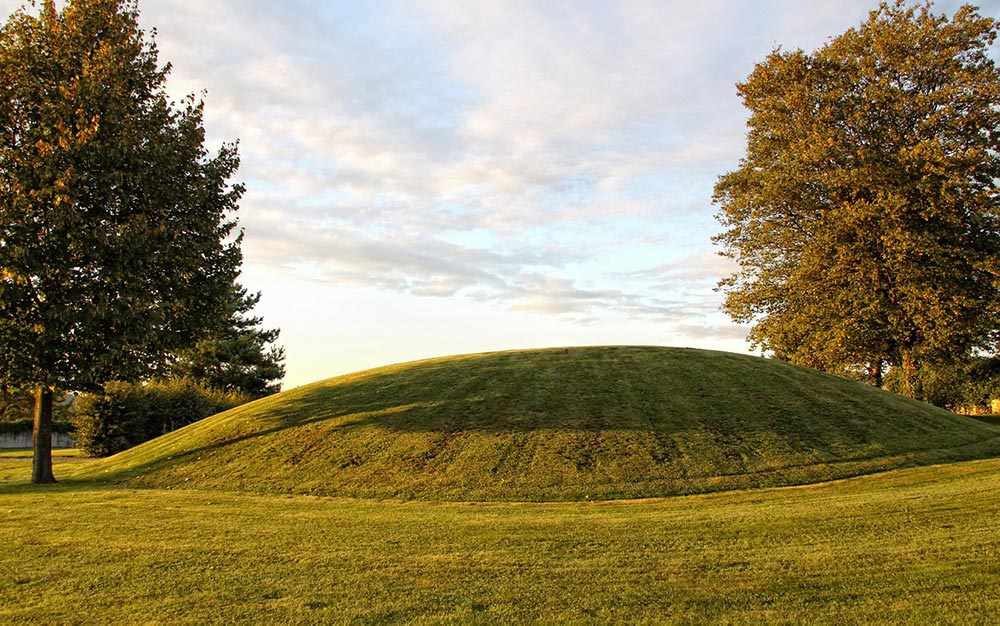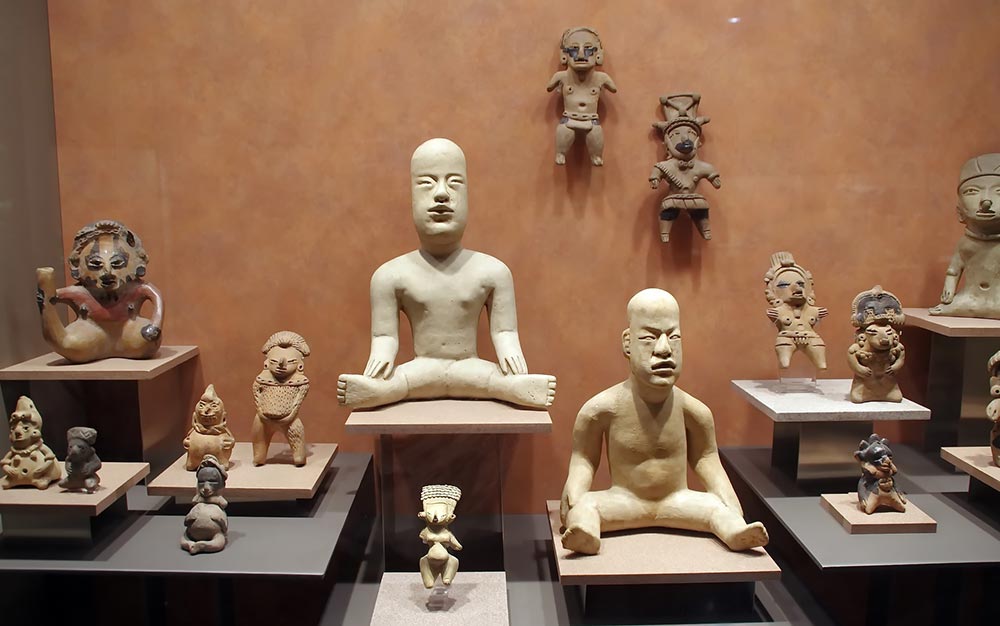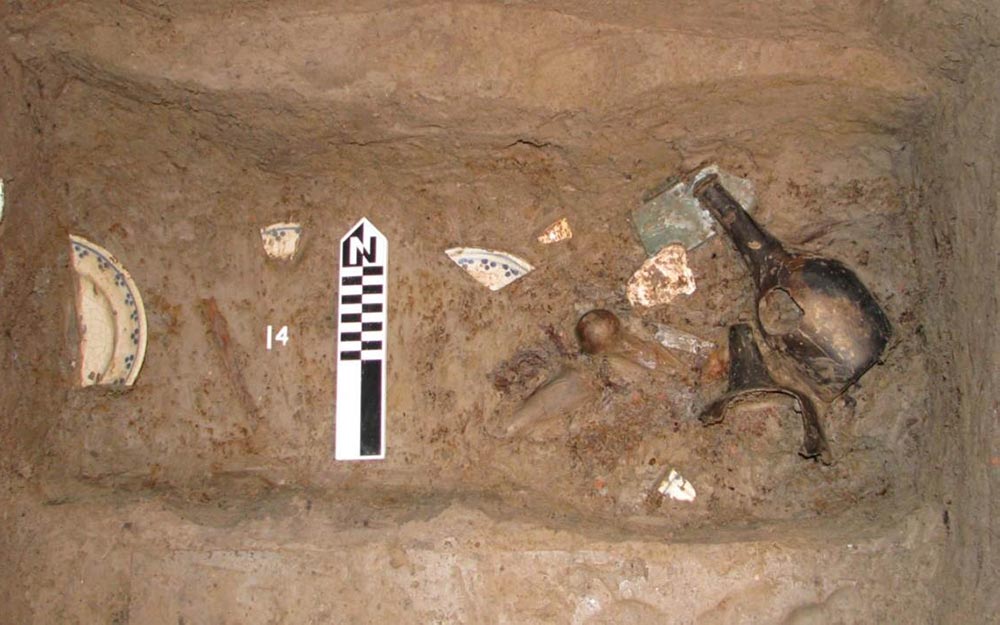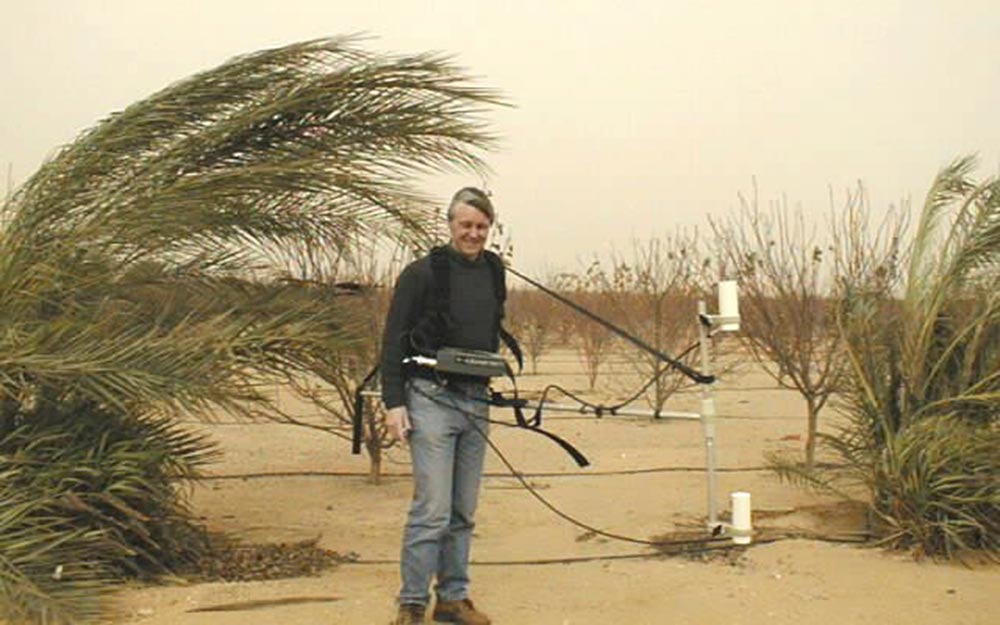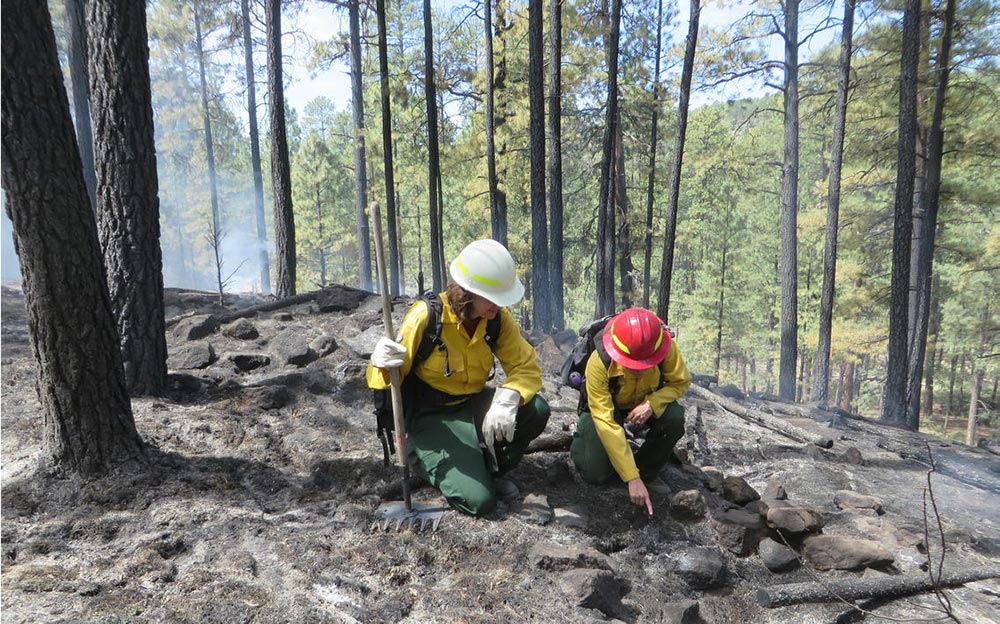Archaeogeophysical surveys (geophysical surveys done for archaeological reasons) are increasingly being planned and commissioned for, both for small and large scale archeological investigations. Detailed surveys using geophysical methods can help supplement information from archaeological excavations or even lead to major archaeological breakthroughs. Additionally, geophysical surveys can prove useful as reconnaissance projects over large areas to quickly asses their potential for archaeological structures/artifacts.
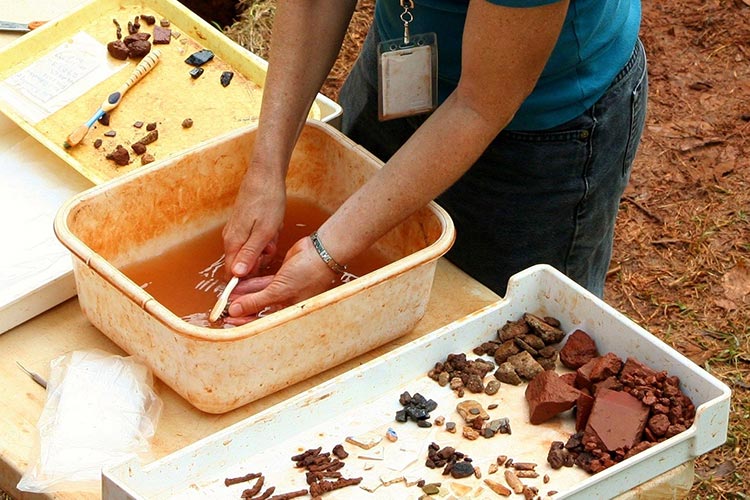
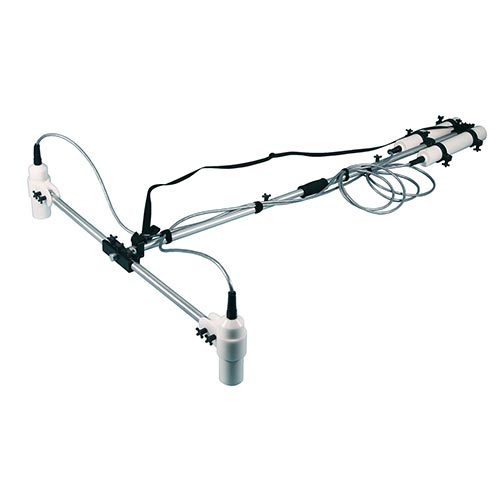
G-864 Magnetometer
Discover More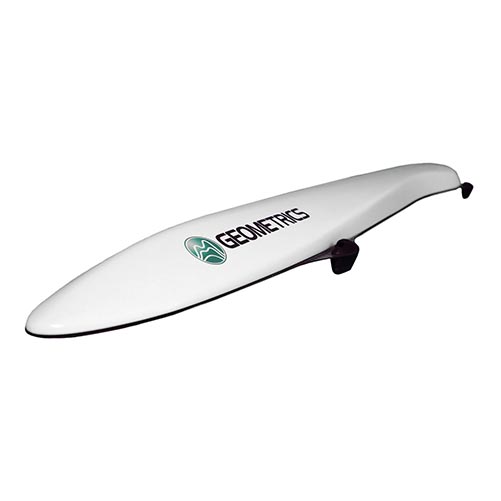
MagArrow UAS-Enabled Magnetometer
Discover MoreCemetery Investigations
Artifact Detection
Archaeological Structure Identification
Cultural Resource Management


